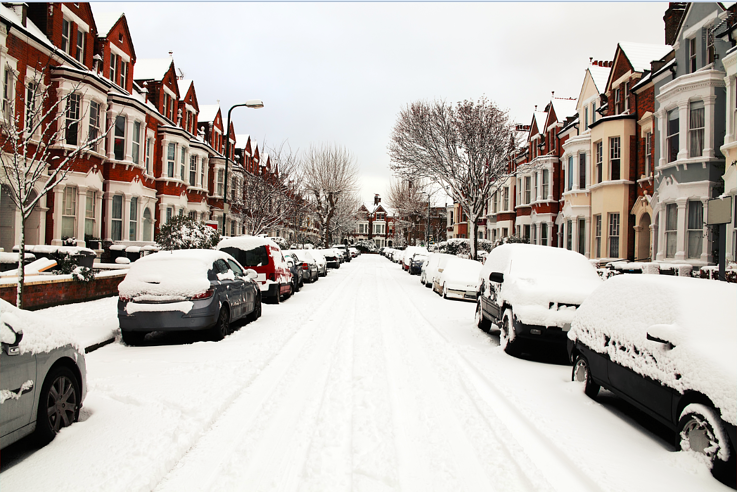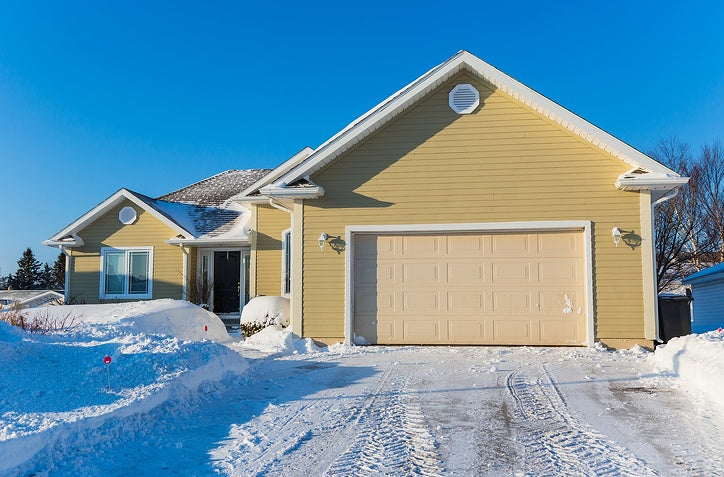
If your driveway is covered in cracks, littered with potholes, and spotted with "rash-like" surface erosion, you will have to spend hundreds or even thousands of dollars to repair or replace it. If it is your neighbor's driveway in this condition, on the other hand, or if you have just installed a brand new driveway, you will want to know how to prevent such a fate from befalling your concrete or asphalt driveway.
All driveways eventually age and crack as the materials they’re made of begin to break down. But this should not even begin to be a problem for several years after installation. Most driveways are capable of lasting 15 to 20 years with the proper care, but early cracking and deterioration will occur if your driveway is neglected or abused.
Winter weather is the number one cause of "driveway casualties," though not the only cause. Taking the time and thought to implement the best preventative and corrective measures will help your driveway last as long as possible. Some of the most common causes of driveway cracks, as well as ways to prevent or correct them, are as follows:
1. Improper foundations: When contractors are in a hurry, they may not pack down the crushed stone base as tightly as they ought to. When unscrupulous companies wish to save money, they may even use sand or dirt substrates, which fluctuate excessively with temperatures and cause cracking. You can prevent this problem by carefully selecting your contractor, but unfortunately, there is nothing short of outright replacement that can correct it.
2. The freeze/thaw cycle: When snow and ice comes into contact with your concrete driveway, or even asphalt, it will seep down into it after it melts. It will then refreeze and expand when temperatures drop again, causing your driveway to crack. Using rock salt (sodium chloride) will only exacerbate this problem by infiltrating your driveway's porous surface and then attracting water. It will also only lower the freezing point of water by about 10 degrees, which will lead to numerous freeze/thaw incidents. By using calcium chloride instead of rock salt, the freezing point will be brought down well below zero, and less damage will occur. By mixing deicers with a little sand, traction will be added and salt damage lessened. By sealing your driveway, less water and salt will penetrate it, and you will preserve it for additional years.
3. Tree root growth: As tree roots expand underneath your driveway and press against its subbase, pressure is exerted that will eventually be relieved by cracking on the surface. Thicker driveways with better reinforcement will do a better job resisting root pressure, but putting in a tree-root barrier along the two sides of the driveway is the ideal solution.
4. Heavy loads: Any vehicles or other objects weighing more than 10,000 pounds (4,536 kg) can do serious damage to your driveway. Heavy loads may cause "scars”, or cracking Later, when winter comes, these cracks will be easy entry points for snow melt-off and salt.
5. Sharp objects: Studded winter tires, snow shovels, snowblower blades, and other sharp objects can tear small chunks of material out of asphalt driveways and chip or crack concrete driveways. The best solution is to use a plastic shovel and to be careful whenever metal tools must be used.
Proper installation and proper care will help prevent driveway damage and extend the lifespan of concrete and asphalt. Tree roots, heavy loads, sharp objects , rock salt, and winter's freeze/thaw cycle are all causes of deterioration, but good maintenance practices will minimize your repair needs.


